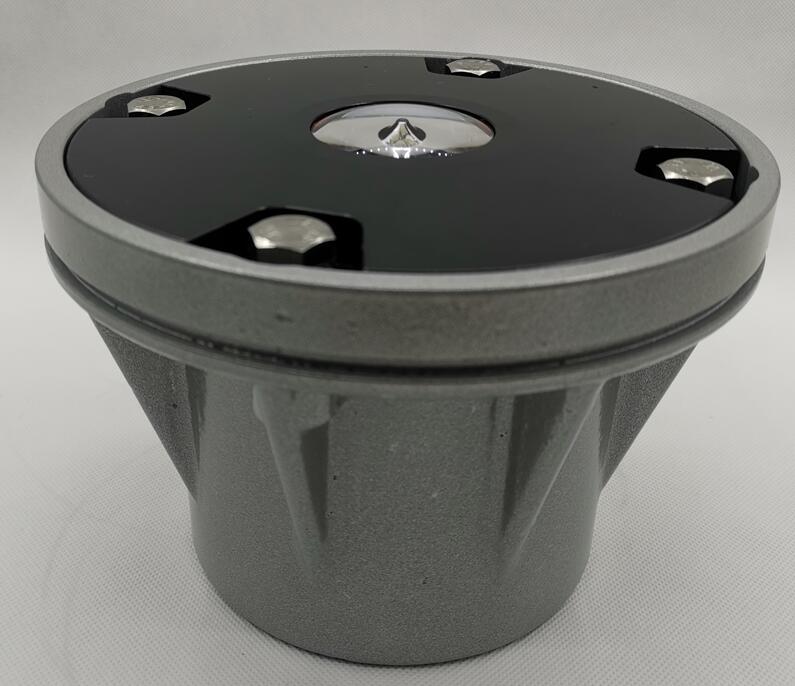TLof Heliport: A New Dimension in Urban Air Mobility
As cities worldwide grapple with increasing ground congestion and the need for faster transit solutions, the concept of urban air mobility (UAM) has rapidly evolved from science fiction to tangible reality. At the heart of this transformation lies the critical infrastructure that enables safe and efficient operations: the heliport. Among these, the TLof Heliport stands out as a pioneering model, redefining how vertical take-off and landing (VTOL) aircraft integrate into metropolitan landscapes.
The TLof Heliport is not merely a landing pad; it is a sophisticated hub designed to facilitate the seamless movement of people and goods. Unlike traditional helipads, which are often isolated or attached to buildings with limited capacity, the TLof Heliport is conceived as a multimodal transit node. It incorporates advanced technologies for air traffic management, safety systems, and passenger processing, ensuring that operations are both efficient and secure. Its design prioritizes minimal noise footprint and environmental sustainability, addressing common concerns associated with urban air travel.

One of the most significant advantages of the TLof Heliport is its ability to optimize space. In densely populated urban areas, where real estate is at a premium, the heliport’s compact yet functional layout allows it to be integrated into existing structures such as skyscrapers, transportation terminals, or even repurposed industrial sites. This flexibility makes it an ideal solution for cities looking to expand their transportation networks without extensive ground-level construction.
Safety is paramount in UAM, and the TLof Heliport incorporates state-of-the-art systems to mitigate risks. Enhanced weather monitoring, collision avoidance technology, and automated landing assistance ensure that VTOL aircraft can operate safely in diverse conditions. Furthermore, the heliport is equipped with emergency response protocols and infrastructure, including fire suppression systems and evacuation routes, to handle potential incidents swiftly.
The role of the TLof Heliport extends beyond passenger transport. It serves as a vital link for emergency services, medical evacuations, and logistics. In medical emergencies, for instance, the heliport can significantly reduce response times by providing a dedicated landing site for air ambulances. Similarly, it supports the rapid delivery of high-value goods and critical supplies, enhancing urban resilience and economic efficiency.
As electric VTOL (eVTOL) aircraft gain traction, the TLof Heliport is poised to become a cornerstone of sustainable urban transportation. Its infrastructure supports the charging and maintenance of electric aircraft, aligning with global efforts to reduce carbon emissions. By enabling short-haul air travel that bypasses ground congestion, the heliport contributes to lower overall energy consumption and reduced urban traffic.
Despite its promise, the integration of the TLof Heliport into cities faces challenges. Regulatory frameworks must evolve to standardize operations and ensure interoperability between different UAM systems. Public acceptance is also crucial; communities need reassurance regarding noise, privacy, and safety. The TLof Heliport addresses these concerns through thoughtful design and community engagement, demonstrating that urban air mobility can coexist harmoniously with city life.
Looking ahead, the TLof Heliport represents a paradigm shift in how we perceive and utilize urban airspace. It is a catalyst for the broader adoption of UAM, offering a scalable and adaptable solution for cities of the future. As technology advances and societal needs evolve, the heliport will continue to play a pivotal role in shaping the skies above our metropolises.
The TLof Heliport is more than just infrastructure; it is a gateway to a new era of transportation. By bridging the gap between ground and air, it unlocks unprecedented opportunities for efficiency, sustainability, and connectivity. As cities embrace the potential of urban air mobility, the TLof Heliport stands as a testament to innovation and forward-thinking design.
